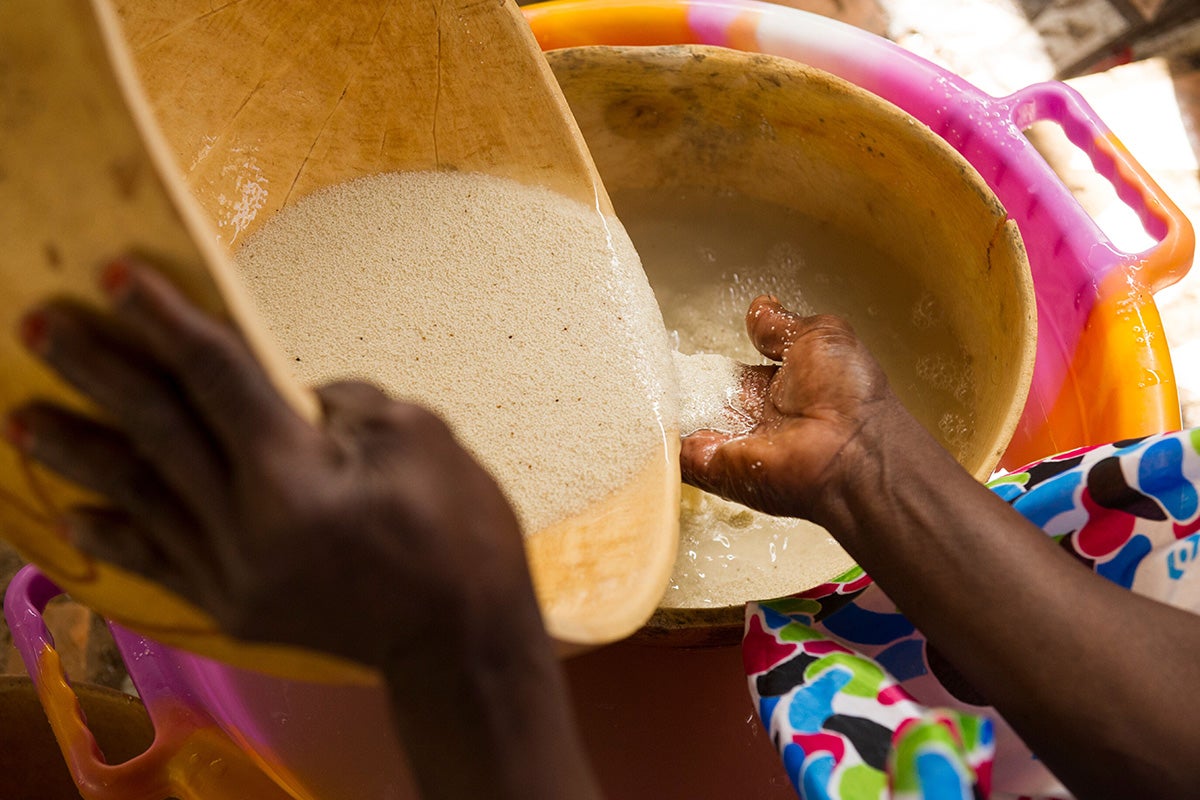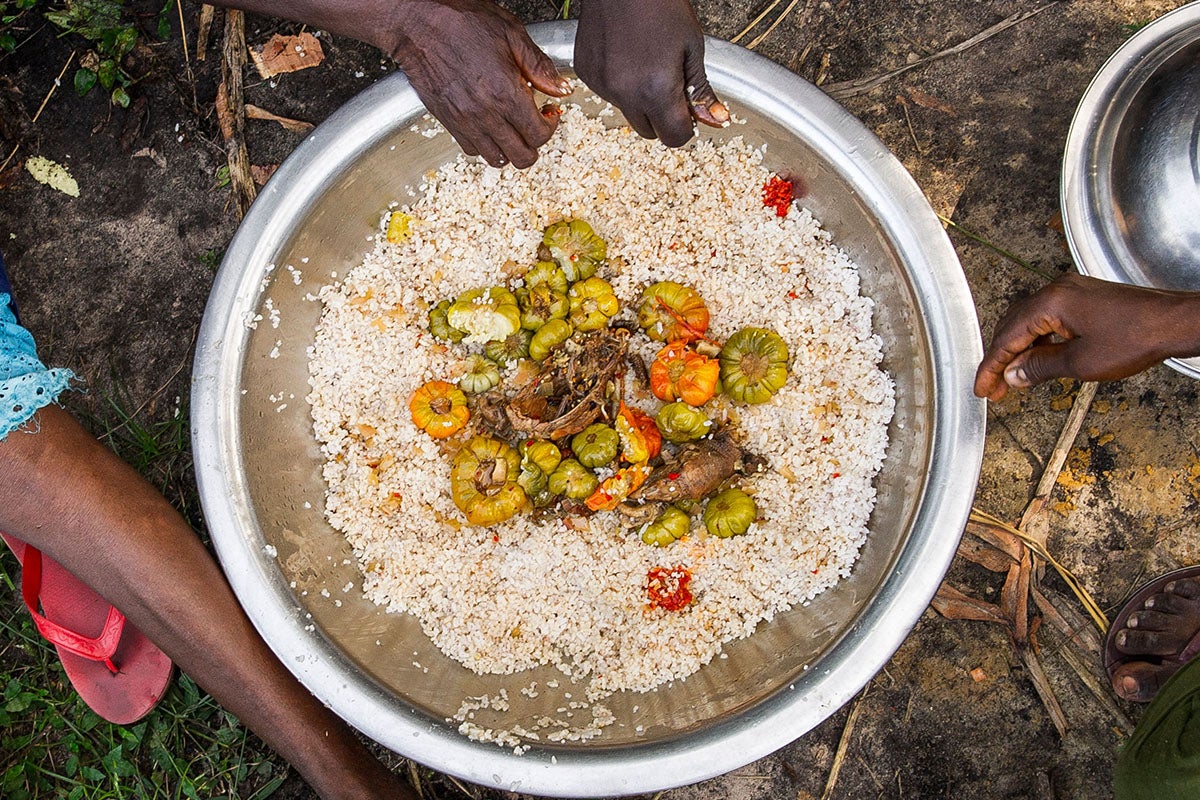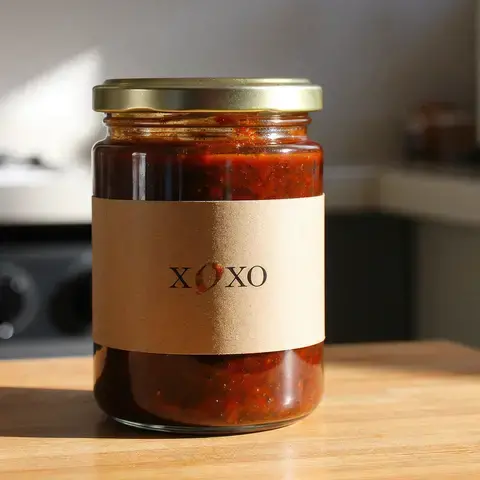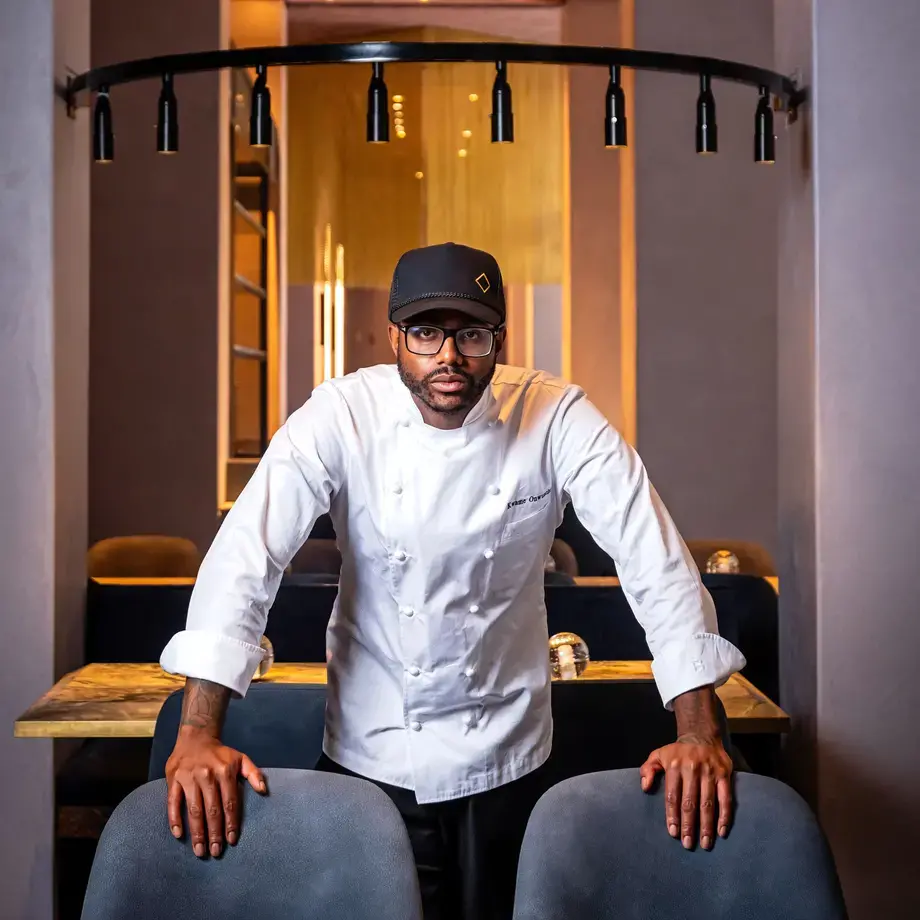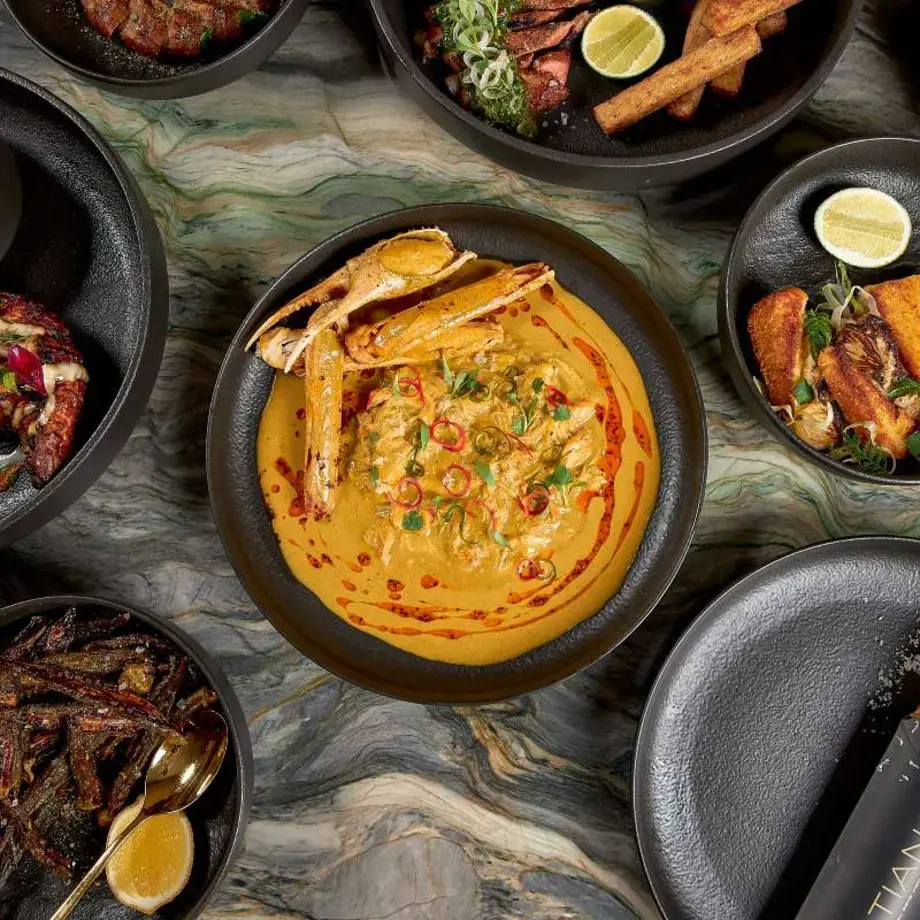When chef and fonio evangelist Pierre Thiam was a young cook in New York City, he observed: “My tradition and my culture were absent from that world.”
Fast forward three decades, and on the stage at the Napa campus of the Culinary Institute of America, Thiam is still cooking. At the moment, he is simmering caldou - a dish from south Senegal, where his family originates - to be served over fonio couscous. Almost simultaneously, he whips up a chocolate coconut fonio pudding. Fonio generates a whole-grain, gluten-free base for both dinner and dessert.
As Thiam’s hands dance across the stove and the images are beamed to a rapt audience of the Worlds of Flavor conference, he extols the virtues of an ancient grain. “Fonio is the oldest cultivated grain of Africa. It’s great for the environment.” He reminds the audience of their duty to eat with diversity in order to eat sustainably, but also of how easy eating with diversity and sustainability can be. “Fonio cooks in five minutes. It cooks like rice. You can have salads with fonio, you can bake with fonio. We have an all-purpose flour made with fonio.” He alternatively speaks with his hands and lifts lids, gently tosses fonio, and flips simmering fish. Fonio is an overlooked ancient African grain that Yolélé sources directly from smallholder West African farmers, then renders into chips, pre-seasoned packets and other products, as well as distributing it to restaurants.



